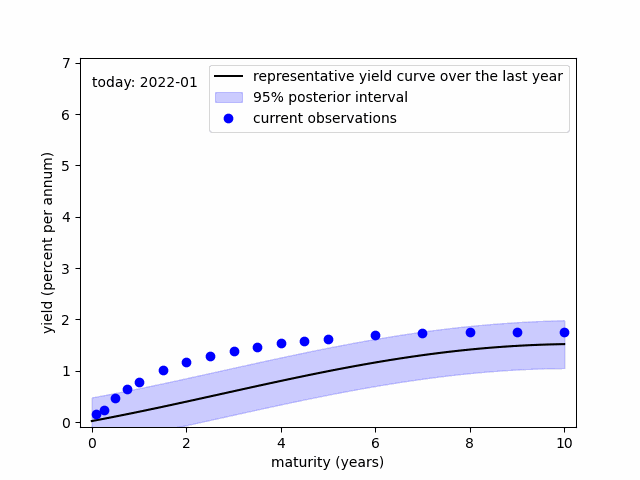Yield curve variations in 2022-2023; FOMC's influence on the US yield curve and the approaching peak of the Fed rate cycle
Discrepancies between the representative and current yield curves highlight the maturities most affected by FOMC decisions. Minimal discrepancies imply that the FOMC might struggle to adjust the corresponding yield rate as desired.
In the figure, following the Fed rate hike initiated in March 2022, pronounced discrepancies become apparent around the medium segment of the yield curve (within a two-year scope). These discrepancies were well transmitted to the long-term maturities throughout 2022. However, from 2023, these discrepancies notably reduced at the long end of the yield curve.
The responsiveness of long-term yields to FOMC decisions is crucial for the monetary policy’s influential economic impact. Nevertheless, my figure highlights a constrained spillover from the short to the long end of the US yield curve in 2023. This limited influence might challenge the Fed, especially if they aim to suppress inflation further.
By August 2023, discrepancies have diminished across all maturities, and the yield curve has remained relatively stable over the past year. It points towards the fact that we are about to reach the peak of the current fed rate cycle. A favorable phase might be on the horizon, potentially ushering in a temporary financial market exuberance.

